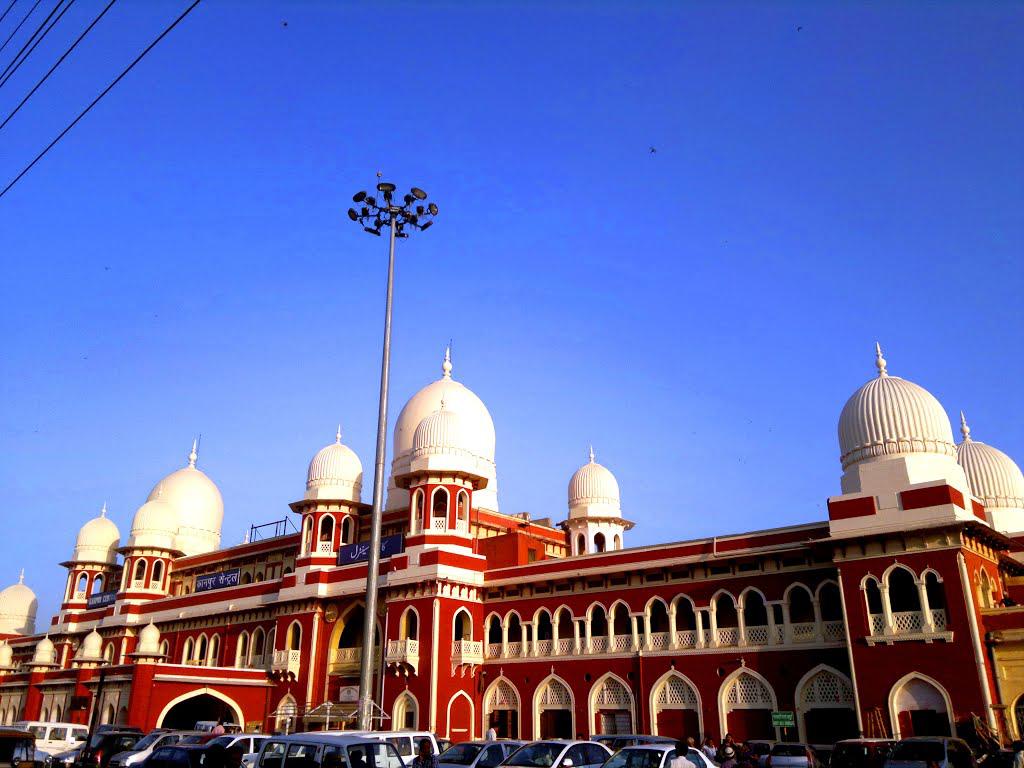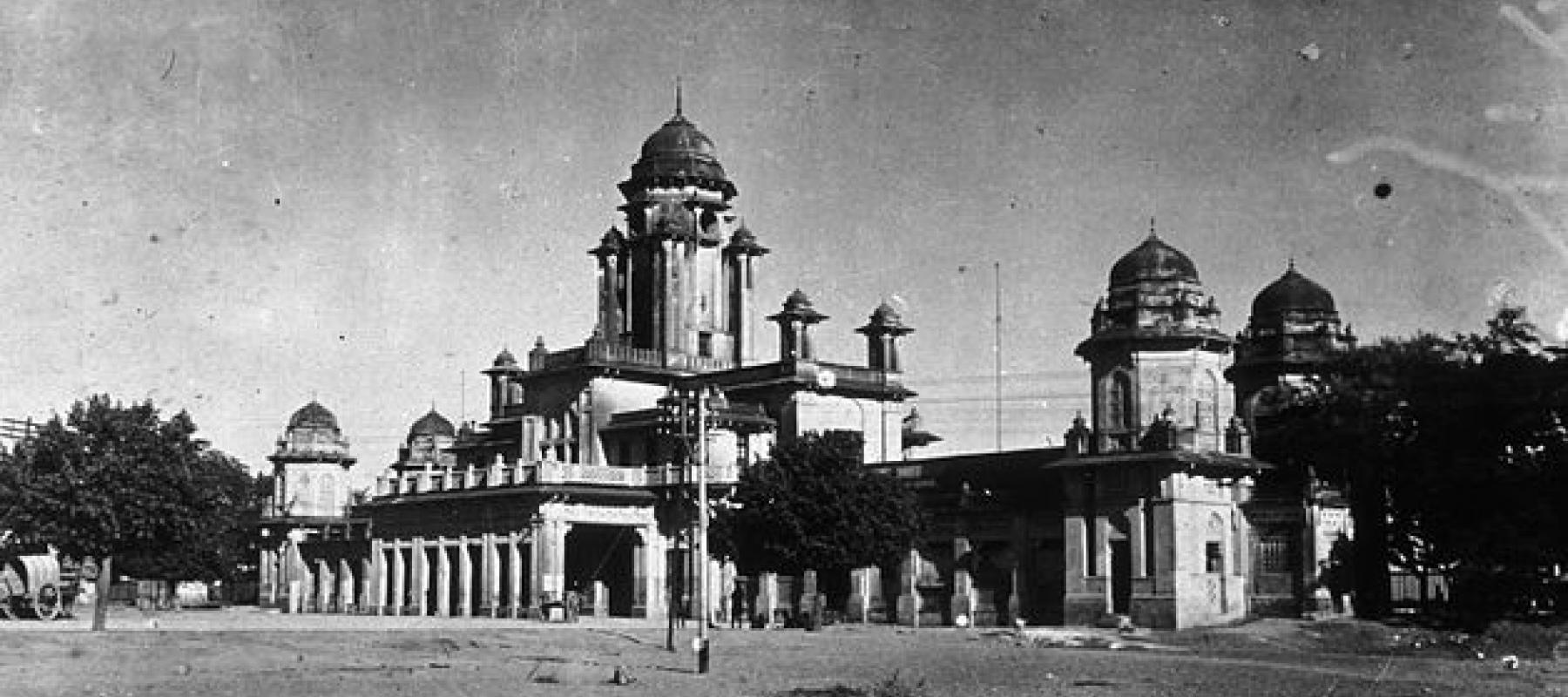The contribution of the Indian Railways in the rich architectural heritage of the country has been significant. The most common schools of architecture employed in these buildings are ‘Neoclassical’, Romanesque, Italianate, Gothic Revival, and Indo-Scarcenic. In this blog, we will take a look at some of the earliest railway buildings that were built in the Indo-Saracenic style architecture.
Indo-Saracenic style of architecture became predominant in the late nineteenth and early twentieth centuries. This style is an amalgamation of Indian, Islamic and Gothic revival schools of architecture. This fusion introduced by the British architects has been employed in several public structures in India such as railway stations, banks and insurance buildings, educational institutions, and museums. Here are 5 Railway buildings that were designed in Indo-Saracenic style:
1. Western Railway office, Mumbai
The Churchgate Terminus (now the Western Railway Office) is one of the earliest railways buildings where the Indo-Saracenic style was employed. The building, designed by Frederick William Stevens, was opened in 1899. Common elements of Indo-Saracenic design, like the bulbous onion-shaped domes, pointed and cusped arches, domed kiosks, many miniature domes, and ‘harem’ windows, are easily identifiable in this building. Interestingly, one can spot the ‘lady of progress’ (like the one of Chattrapati Shivaji Terminus) placed on top of this building as well. Art historians Mary Ann Steggles and Richard Barnes suggest that she should be called the ‘lady of engineering’ since this figure holds a railway engine in one hand, instead of raising a flaming torch.
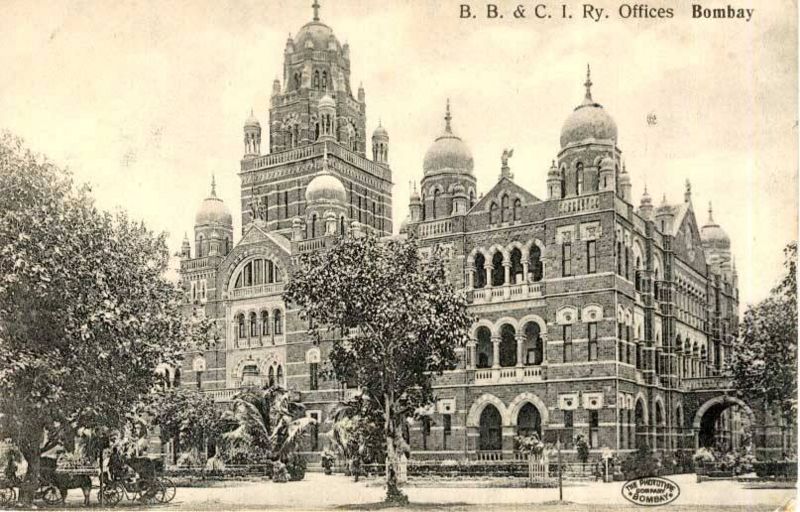
2. Egmore Station, Chennai
One of the most endearing structures of Chennai is the Egmore Railway Station. This 112-year-old station was built at a cost of 17 lakhs in 1908. This station was designed by the prolific architect Henry Irwin. This station served as the headquarters of the Southern Indian Railways ("S.I.R."). The construction of this building was one of the early instances where concrete was used in Madras. Interestingly, this structure is the first to incorporate Dravidian motifs in the Indo-Saracenic style.
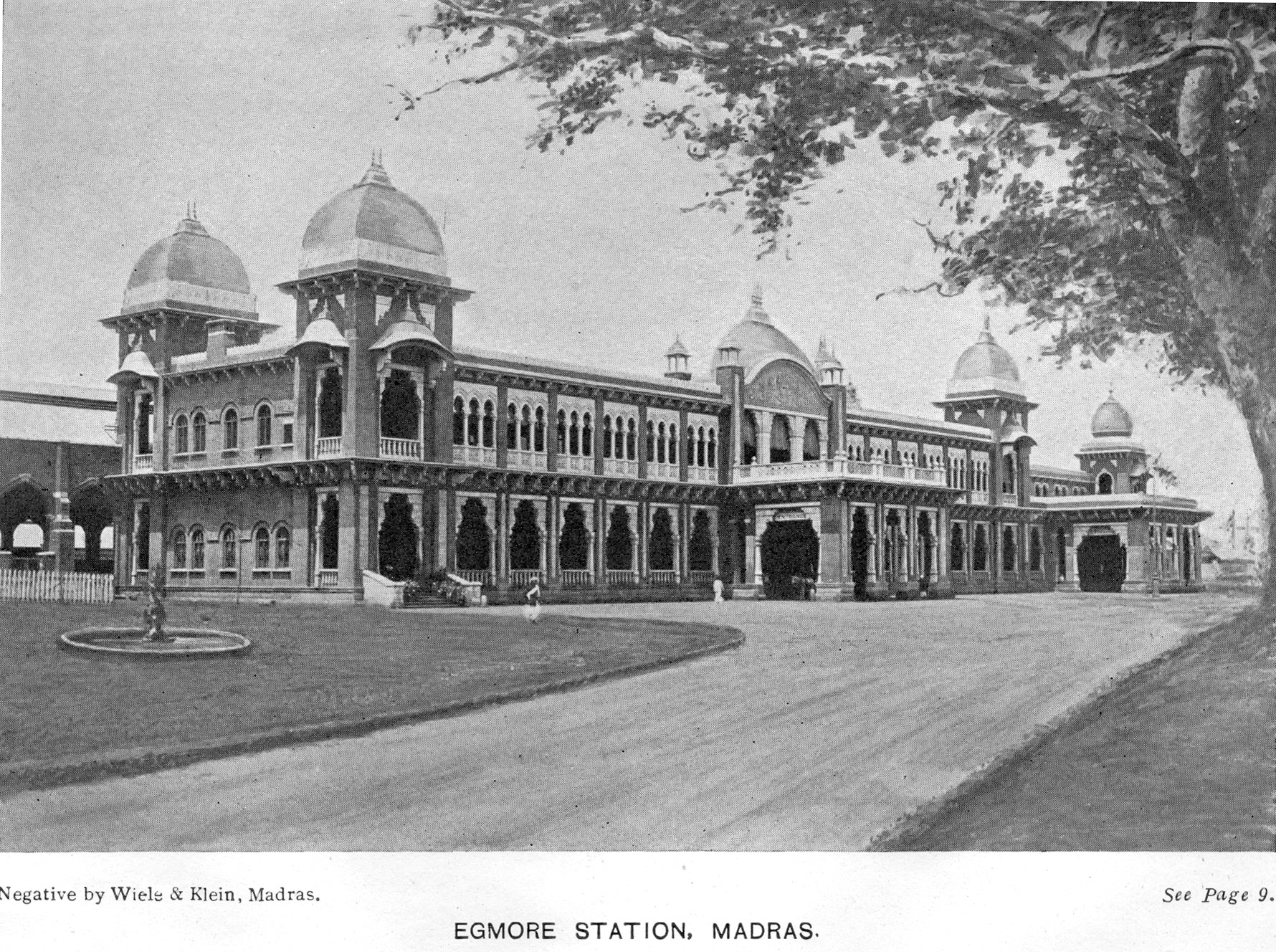
3. Kacheguda Station, Hyderabad
The Kacheguda station, built in 1916, is one of the iconic structures of Hyderabad. This is the first building designed by English architect Vincent Jerome Esch in Hyderabad, which is part of the style now known as Indo-Saracenic.
It is a classic example of Indo-Saracenic style with its chattris, chajjas, elaborate brackets, jalis, and domes with lotus motifs and finials. The station also houses a one of its kind exclusive Rail Museum, displaying heritage railway equipment.
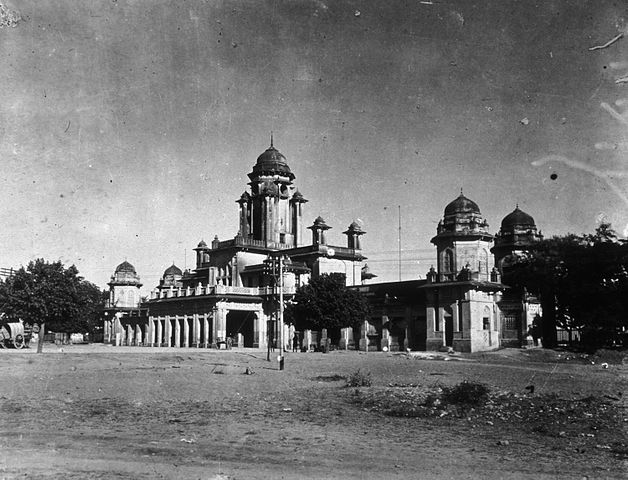
4. Charbagh Station, Lucknow
The Lucknow Charbhagh Station is one of the three main stations in the city. It was built by the British in 1914, and was designed by architect J.H. Hornimen. The design of the building incorporates Rajput, Mughal and Awadhi architectural elements. Architectural features include Tudor arches with medallions on the spandrel, chattris with Awadhi domes and turrets at the building corners. The station derives its name from the place Charbagh in the south of Lucknow, where it is located.
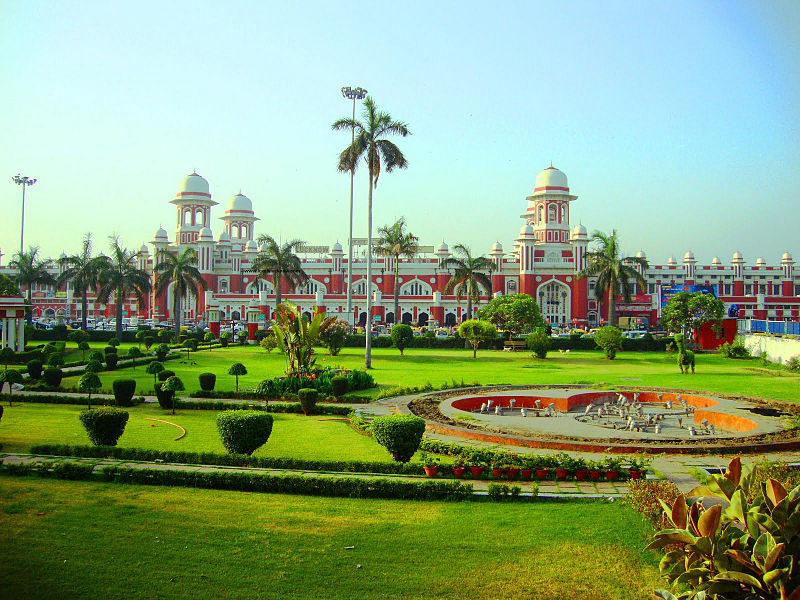
5. Kanpur Central Station, Kanpur
Kanpur Central Station is one of the five central railway stations in India, and is in fact the busiest station in terms of passengers. It is built in the Indo-Saracenic style, inspired by the Lucknow Charbagh Railway Station, and built by the British in 1914. The building features a mixture of Gothic and Awadhi architecture. The recognisable features of this imposing double-storey building are Gothic arched openings, jaalis, chattris and hemispherical domes.
